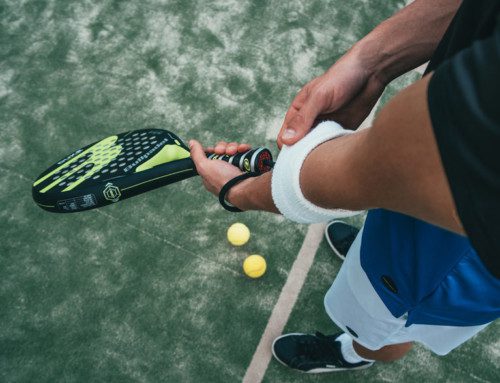There is no single cause behind why runners get injured, though certain factors contribute to the most common injuries for runners, such as muscle weakness, poor biomechanics, and incorrect equipment (running shoes).
Knowing how to stay safe and train properly, especially for long-distance running, is the key to preventing injuries.
1. Build Gradually
Don’t try to do too much, especially too soon or too quickly. Instead, let your body adapt to increases in distance and intensity. Gradually increase your mileage 5 to 10 percent each week but no more than that. If you run 10 miles in week one, run 10.5 miles the next week.
2. Warmup Dynamically
Warmups are an important component to any runner’s routine. Begin your run with a proper dynamic warmup, which is a series of active movements that prepare your muscles for performance. An easy dynamic warmup you can do is starting with a light, 5-minute jog and then the following four dynamic stretching exercises (perform each for about 20 yards): Frankensteins, lunges, heel walking, and toe walking.
3. Stretch Properly
Stretching properly at the end of a training session is just as important as your warmup. Start with a cool down and quick break, especially if you run long distances, before you begin your static stretching. Remember, if you are in pain, stop stretching and consult a professional.
4. Cross-Train Appropriately
Always vary the types of exercises you do. One single type will overuse some muscles and underuse others, and those imbalances can lead to injury. Cross-training means anything from basketball to yoga or Pilates. If you currently have an injury or have experienced one in the past, pick and choose which exercise you do wisely, so you don’t aggravate your injury. If you have a running-related injury, swimming is usually OK, but always consult with a professional about your specific condition.
Set PT’s physical therapists are highly trained in sports performance and rehabilitation, and will be able to get you back on your feet and speeding along in no time!
Everyone’s stride, gait pattern and muscle performance is unique and should be addressed individually. A physical therapist will work with you to formulate the best rehabilitation program to get you back on your feet as soon as possible.
If you’re a runner experiencing pain, call to schedule your appointment with your local SetPT physical therapist today to learn more about how we can help.





